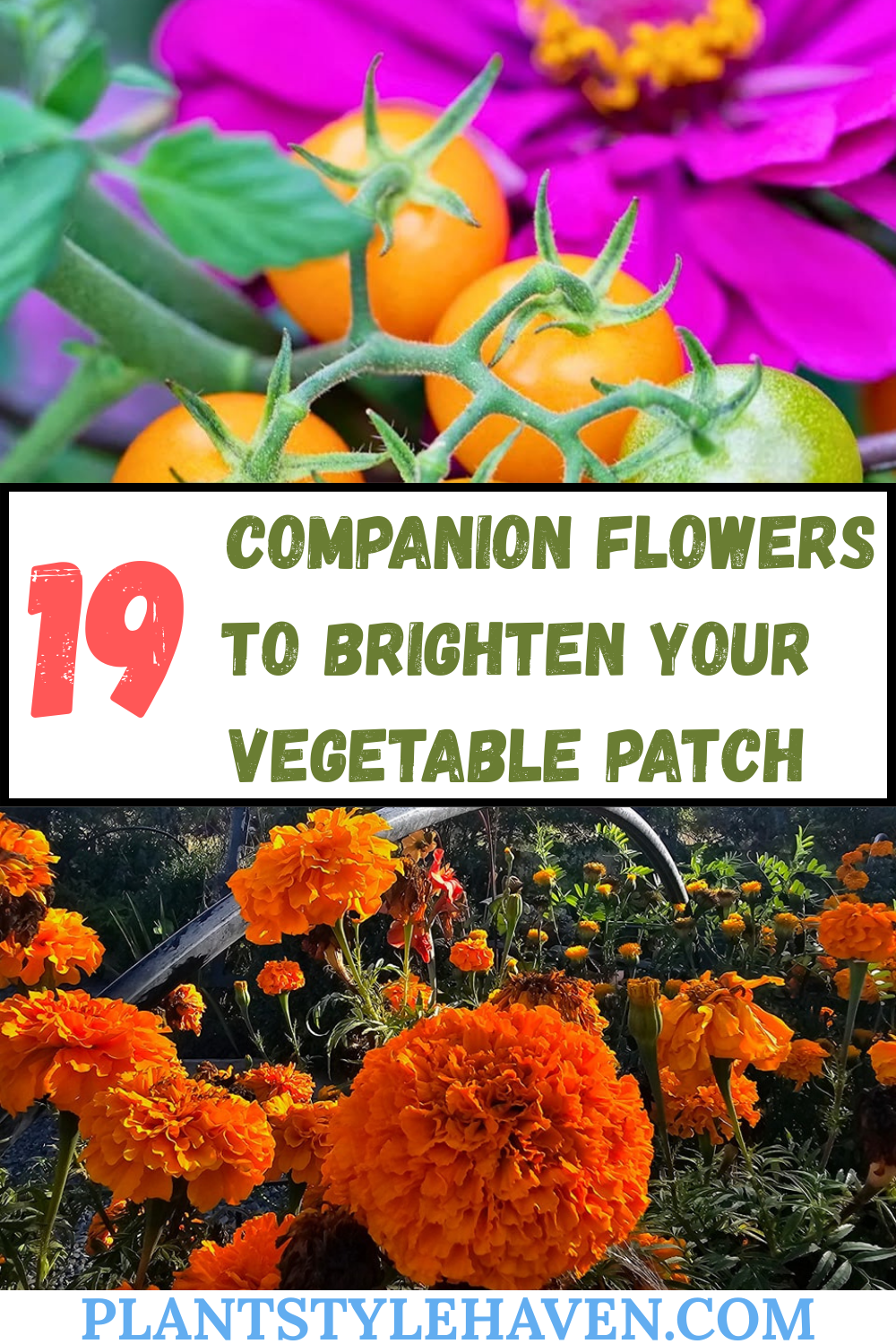Imagine strolling through your vegetable patch, the air filled with the scent of flowers, while vibrant blooms attract beneficial insects and deter pesky pests. Companion planting is a powerful strategy to enhance your garden's productivity and beauty. By introducing companion flowers, you create a harmonious ecosystem that boosts plant growth and health. Whether you're a seasoned gardener or just starting, these 19 vibrant companion flowers will transform your vegetable patch into a thriving oasis. Dive in and discover how these beautiful blooms can benefit your vegetables and bring nature’s best to your backyard!
1. Marigolds: The Pest Fighters
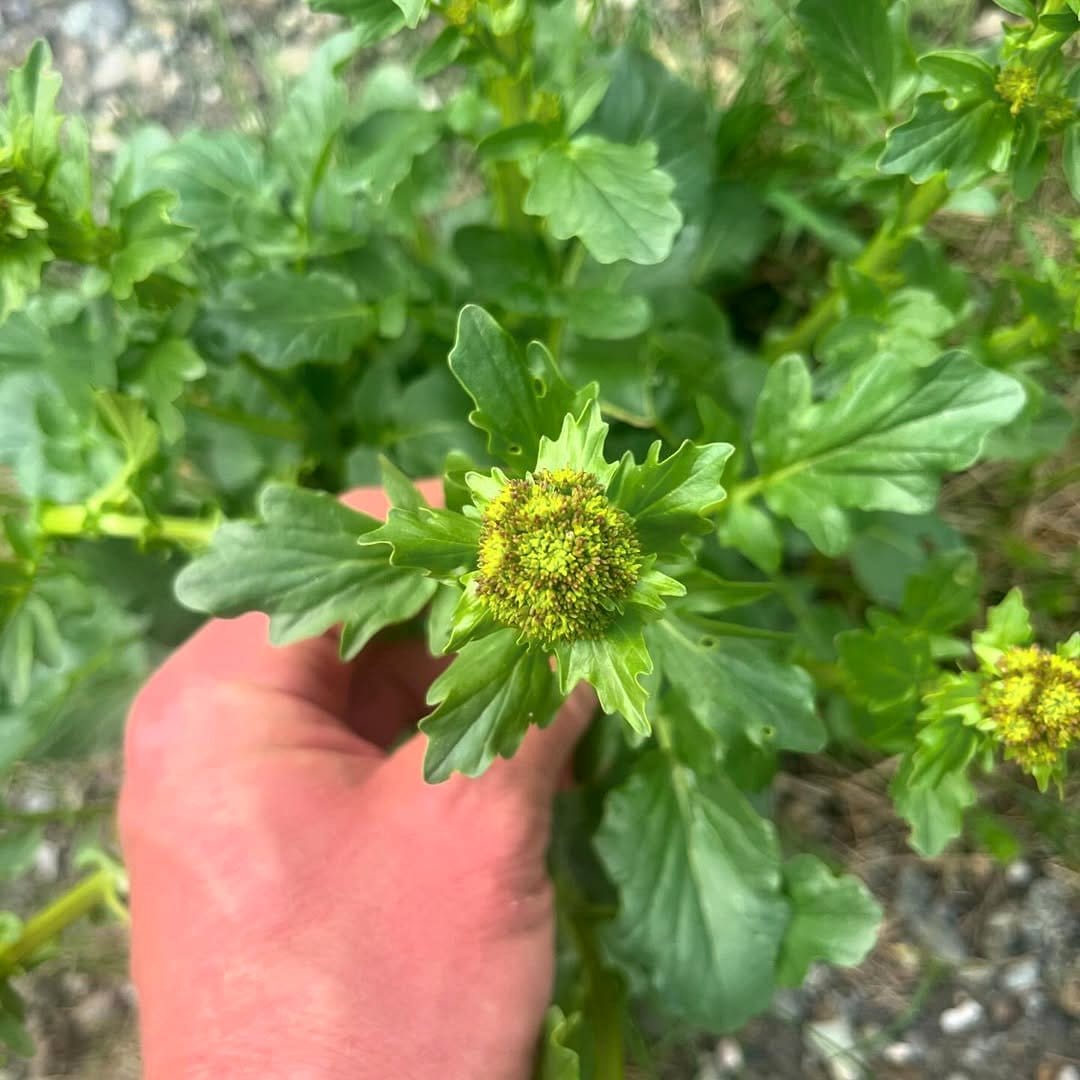
Marigolds are a gardener's best friend. Their bright, cheerful blooms are not just eye-catching but also work wonders in repelling pests like nematodes and whiteflies. Plant them around your vegetable patch to create a natural barrier. These hardy flowers thrive in full sun and require minimal maintenance. Plus, they can improve soil health by deterring harmful nematodes. Start with French or African marigolds for the best results. Their distinct scent is a natural deterrent to many garden pests, ensuring your vegetables stay safe and healthy.
2. Nasturtiums: Nature’s Aphid Trap
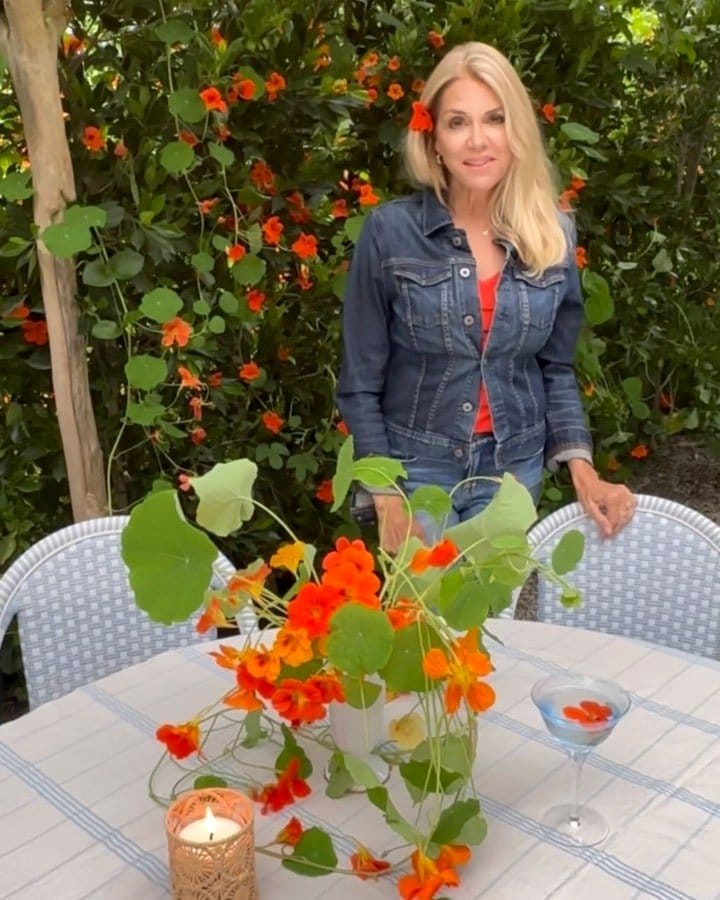
Nasturtiums are a vibrant addition to any vegetable patch, and they serve as a sacrificial plant for aphids. These pests are drawn to nasturtiums, keeping them away from your precious vegetables. Not only do they protect your crops, but their leaves and flowers are edible with a peppery flavor, perfect for salads. They thrive in poor soil conditions, making them incredibly low-maintenance. Plant them around cucumbers, tomatoes, or beans for best results. Their cascading growth pattern also makes them an attractive ground cover.
3. Borage: The Bee Magnet

Borage is a star in attracting pollinators like bees, which are essential for vegetable pollination. Its beautiful blue, star-shaped flowers are a feast for the eyes and a haven for bees. Borage is particularly beneficial when planted near strawberries and tomatoes, improving their yield. It's a self-seeding annual, so once planted, it will return year after year. Borage also enriches the soil with trace minerals, making it a nutritious addition to your garden.
4. Calendula: The Soil Enhancer
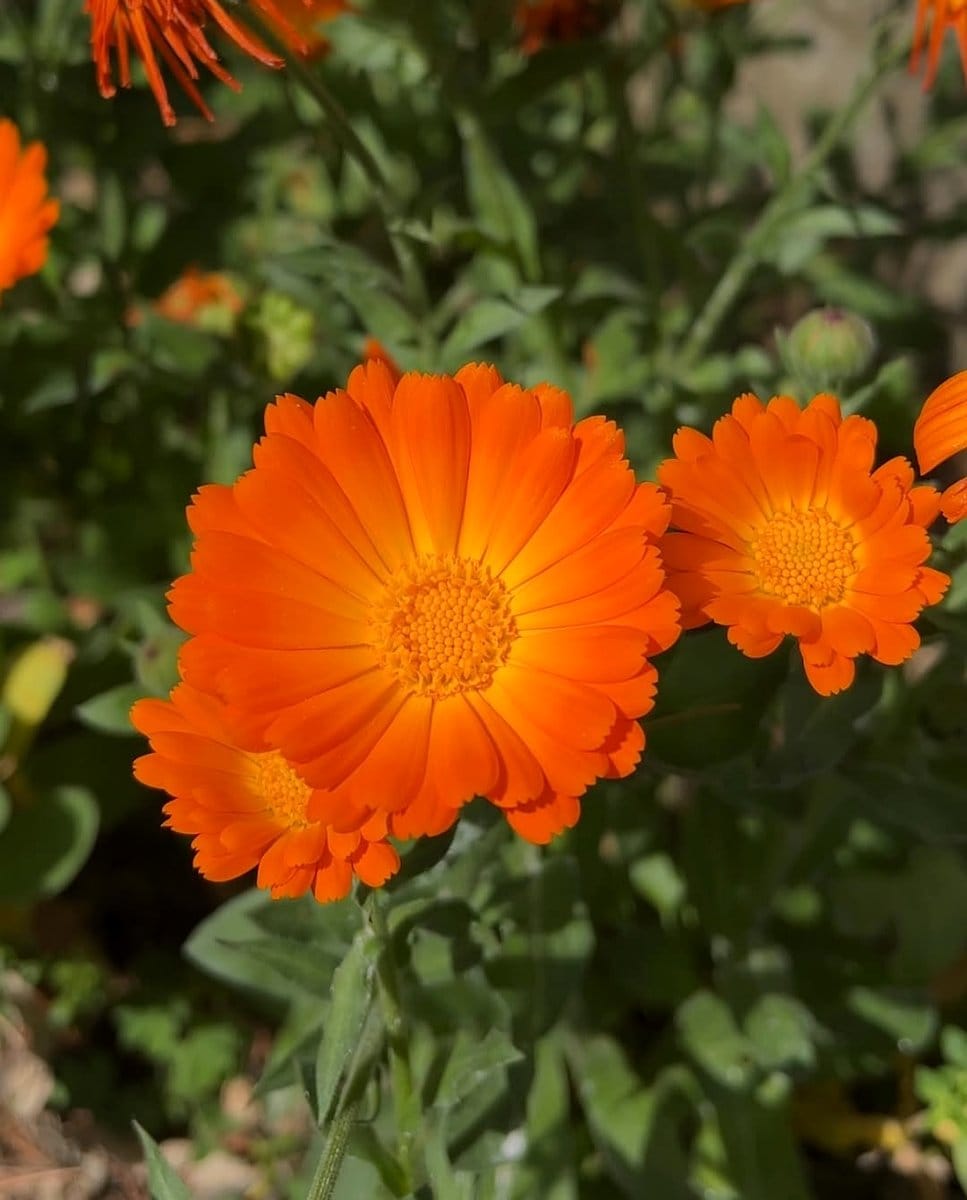
Calendula, or pot marigold, is known for its ability to improve soil health. Plant these sunny flowers to repel pests like aphids and whiteflies. They’re particularly beneficial when grown near asparagus, beans, and tomatoes. Calendula flowers are also edible and can be used in teas or salads. These annuals are easy to grow and can tolerate a wide range of soil types. Their bright blooms will not only beautify your garden but also create a healthier environment for your vegetables.
5. Sunflowers: The Tall Protectors

Sunflowers are not just for show; they're excellent companions for cucumbers and corn. These towering beauties provide shade and support for climbing plants. Their large, bright blooms attract pollinators and beneficial insects, enhancing your garden's ecosystem. Sunflowers are also known for their ability to improve soil structure with their deep roots. Plant them along the edges of your vegetable patch for a stunning display that doubles as a protective barrier.
6. Sweet Alyssum: The Ground Cover Guardian

Sweet alyssum is a fantastic ground cover that suppresses weeds and attracts beneficial insects like hoverflies. These tiny flowers release a sweet fragrance, making your garden a fragrant paradise. Sweet alyssum is perfect for planting near lettuce, carrots, and other root vegetables. It thrives in full sun and can tolerate light shade, making it versatile for various garden spots. Its ability to protect and enhance your vegetable patch makes it an invaluable addition.
7. Zinnias: The Versatile Blooms
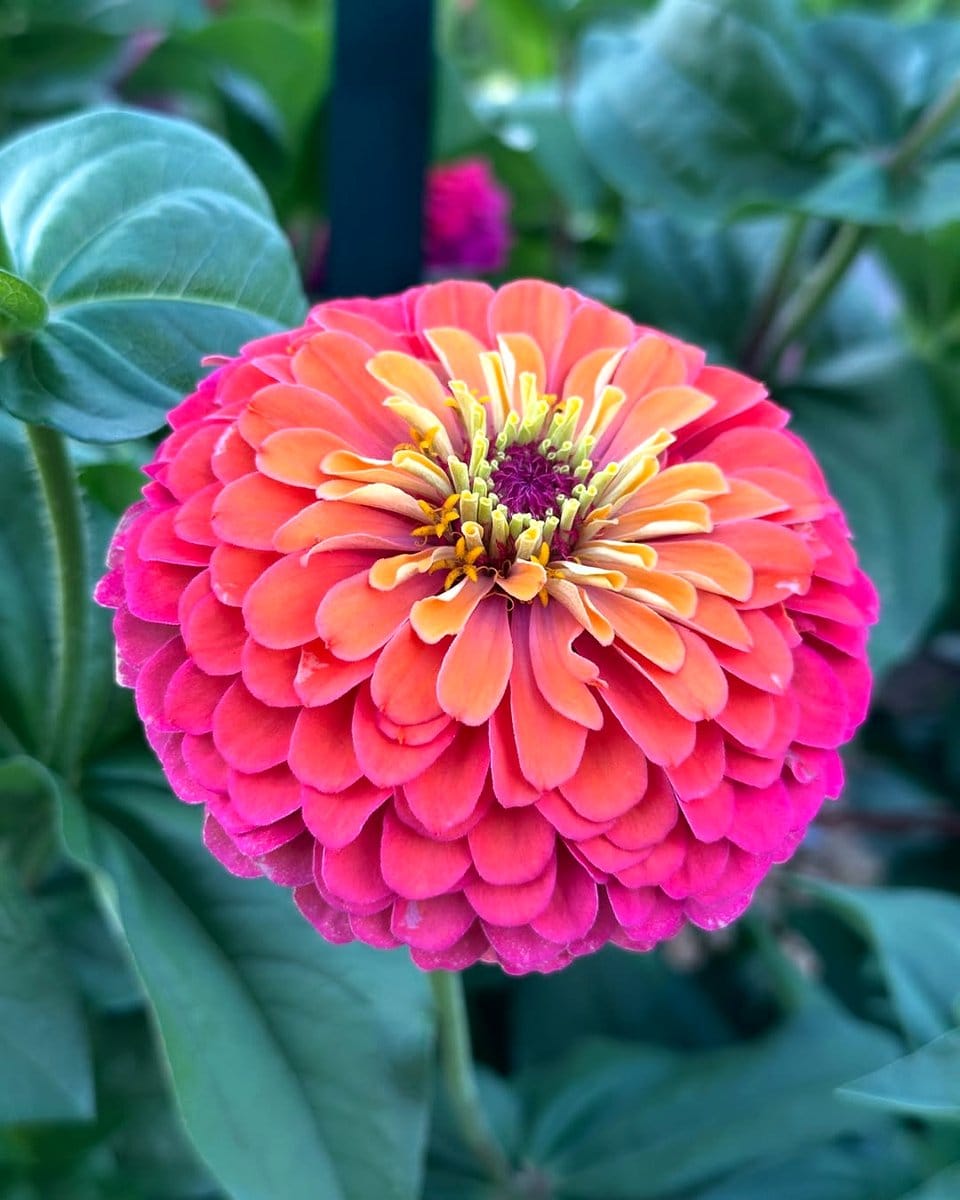
Zinnias are a burst of color and a favorite among gardeners for their versatility and ease of care. They attract pollinators such as butterflies and bees, which can boost the productivity of nearby vegetables. Zinnias are particularly good companions for tomatoes and squash. These hardy annuals come in a rainbow of colors and thrive in sunny locations. Plant them in clusters to create a vibrant border around your vegetable patch, adding both beauty and function.
8. Lavender: The Fragrant Protector

Lavender is more than a fragrant delight; it's a powerhouse for repelling moths, fleas, and mosquitoes. Its soothing scent is a natural pest deterrent, making it an ideal companion for cabbage and cauliflower. Lavender thrives in sunny, well-drained areas and can double as a lovely border plant. Its purple blooms are a visual treat, and its calming aroma adds a sensory experience to your garden. Plus, you can harvest lavender for homemade sachets or culinary uses.
9. Cosmos: The Light and Airy Companion
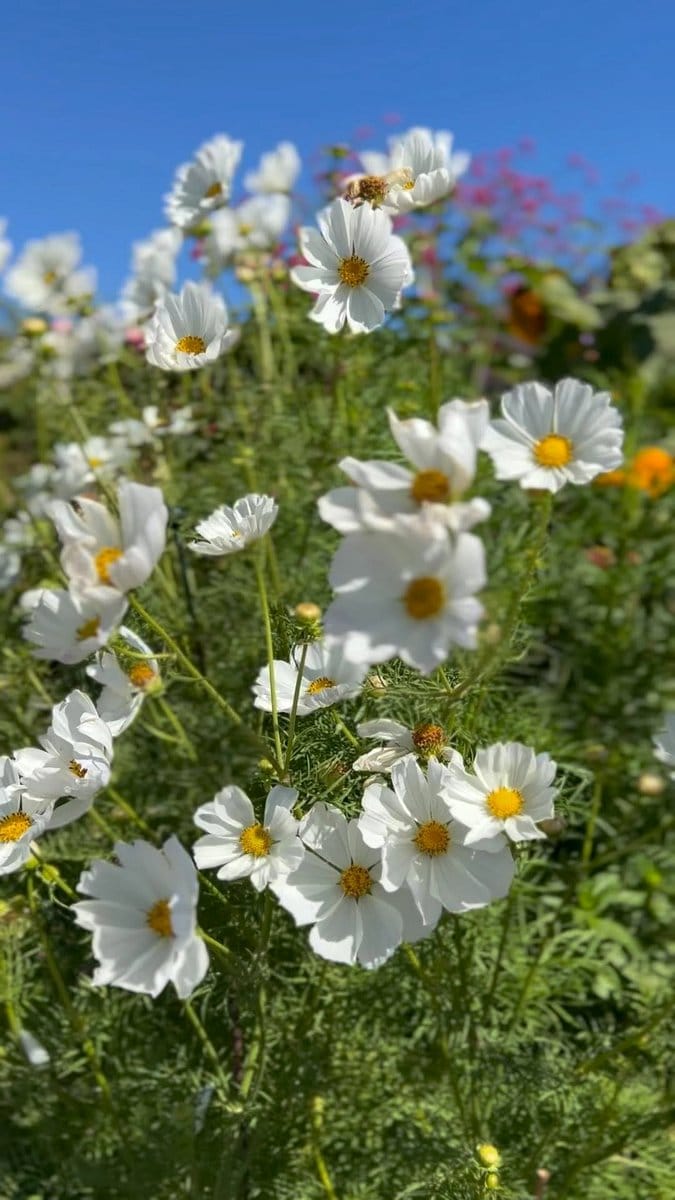
Cosmos flowers are graceful additions that attract bees and butterflies. Their airy, daisy-like flowers add a whimsical touch to your vegetable patch. Cosmos thrive in poor soil conditions and require minimal care. They work particularly well alongside corn, tomatoes, and peppers. These annuals bloom all summer long, providing continuous beauty and support to your garden. Their tall, slender stems make them perfect for planting at the back of borders or between taller vegetable varieties.
10. Chamomile: The Soothing Companion
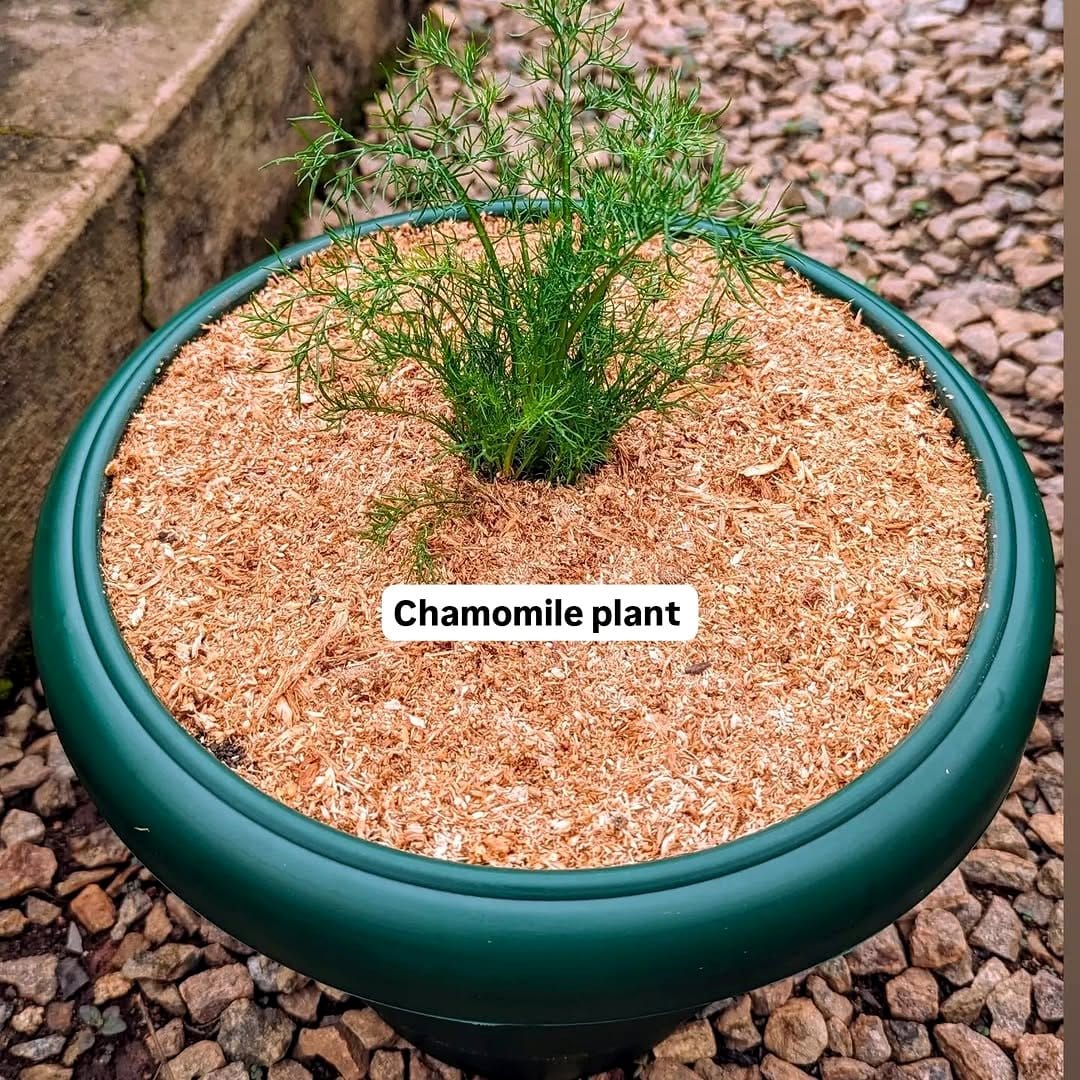
Chamomile is a calming herb that offers benefits beyond the teacup. It attracts beneficial insects and improves the flavor of vegetables like cabbage and onions. Chamomile's dainty white flowers are easy to grow and prefer sunny spots with well-drained soil. As a companion plant, it helps to deter pests and promotes healthy plant growth. Chamomile can also be harvested for teas, offering a soothing end to a day in the garden.
11. Dill: The Multi-tasking Herb

Dill is a versatile herb that aids in attracting beneficial insects like ladybugs and parasitic wasps. Its feathery foliage is a perfect companion for cabbage, lettuce, and cucumbers. Dill thrives in full sun and well-drained soil, adding both function and aroma to your garden. Not only does it support your vegetable patch, but its leaves and seeds are also a wonderful addition to culinary dishes. Allow dill to self-seed for a continuous supply season after season.
12. Fennel: The Aromatic Ally

Fennel is a unique herb that attracts beneficial insects, though it requires careful placement. While it's known to inhibit some plants, it's a great companion for dill. Fennel's aromatic fronds and yellow flowers attract pollinators, boosting garden biodiversity. Plant it in a dedicated area where it can thrive without affecting other plants. Its bulbs, fronds, and seeds are all edible, making fennel both a functional and flavorful addition to your garden.
13. Yarrow: The Healing Herb

Yarrow is a hardy perennial known for its ability to improve soil quality and attract beneficial insects. Its clusters of small, colorful flowers can enhance the beauty of your vegetable patch. Yarrow is particularly beneficial when grown near aromatic herbs and flowering plants. It thrives in sunny locations and requires minimal watering. Yarrow's ability to boost plant resilience and soil health makes it a valuable companion for any vegetable garden.
14. Chamomile: The Gentle Benefactor

Chamomile’s delicate blooms not only soothe the soul but also the soil. Known for enhancing the flavor of vegetables like cabbages and onions, it also attracts beneficial insects such as hoverflies. Chamomile thrives in sunny spots with well-drained soil and requires minimal care. This gentle herb can be harvested for calming teas, providing a dual benefit of garden beauty and relaxation. Its presence in your vegetable patch ensures a harmonious balance of productivity and tranquility.
15. Petunias: The Decorative Defenders

Petunias offer a splash of color while protecting your garden from pests like aphids and tomato hornworms. These versatile flowers are easy to grow and thrive in sunny spots. Plant petunias alongside tomatoes, beans, and peppers for the best effect. Their trumpet-shaped blooms attract pollinators, ensuring your vegetables receive the attention they need. Petunias' ability to deter pests and enhance garden aesthetics makes them an excellent choice for any gardener.
16. Cornflowers: The Pollinator’s Delight

Cornflowers, or bachelor's buttons, are a striking addition to your vegetable patch, drawing in pollinators like bees and butterflies. Their vivid blue blooms add a touch of elegance to any garden bed. Cornflowers thrive in full sun and well-drained soil, making them easy to cultivate. Pair them with tomatoes or peppers for a mutually beneficial relationship. These flowers not only beautify your garden but also support its productivity.
17. Tansy: The Insect Repellant

Tansy is an effective insect repellent with its bright yellow flowers and strong aroma. Plant tansy near cabbage, broccoli, and beans to deter pests like ants and beetles. It thrives in sunny, well-drained areas and can tolerate poor soil conditions. While tansy requires careful management due to its invasive nature, it offers significant benefits in protecting your vegetable patch. Use tansy as a natural pest control solution to maintain a healthy garden ecosystem.
18. Echinacea: The Immunity Booster

Echinacea, or coneflower, is not only known for its medicinal properties but also for attracting pollinators. Its tall, striking blooms are perfect for the back of borders, adding height and color. Echinacea thrives in full sun and well-drained soil, making it a low-maintenance addition to your garden. Plant it near tomatoes, peppers, and other vegetables to enhance garden productivity. Its presence will ensure a vibrant, thriving vegetable patch.
19. Poppies: The Colorful Companions

Poppies bring a burst of color and a touch of whimsy to your vegetable patch. These vibrant flowers attract pollinators, helping to boost the productivity of adjacent plants. Poppies thrive in sunny areas with well-drained soil and require minimal care. Plant them near leafy greens, tomatoes, and herbs for a dynamic garden display. Their delicate petals add a romantic element to your garden, creating a beautiful and beneficial space.
Final Thoughts
Incorporating companion flowers into your vegetable patch is a rewarding way to enhance productivity while adding beauty. Each flower brings unique benefits, from pest control to pollinator attraction. As you plan your garden, consider these vibrant companions to create a harmonious ecosystem. Embrace the power of nature's balance and watch your garden thrive. Whether you’re aiming for a bountiful harvest or a picturesque setting, these flowers will help you achieve a flourishing vegetable patch. Start planting today and enjoy the benefits of a vibrant, lively garden!
